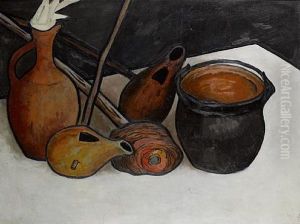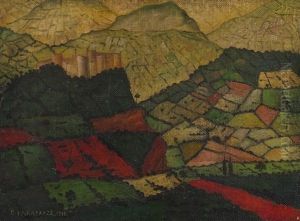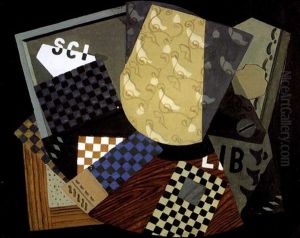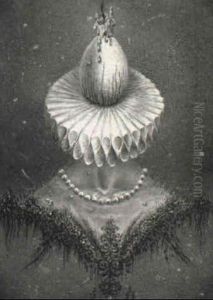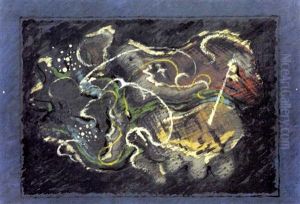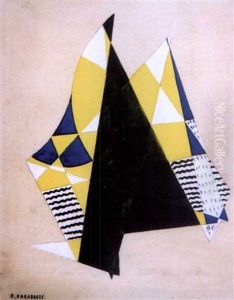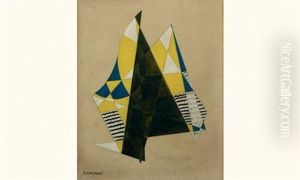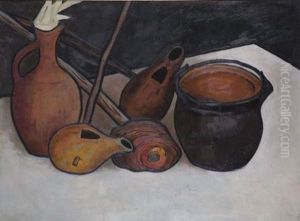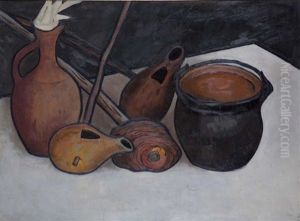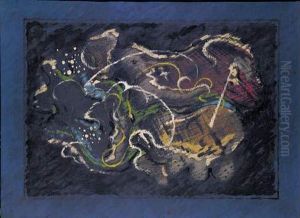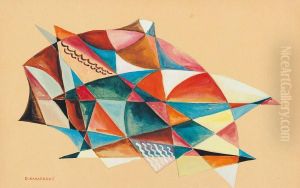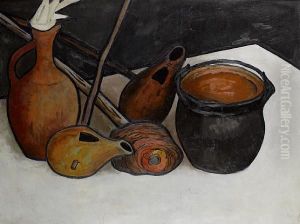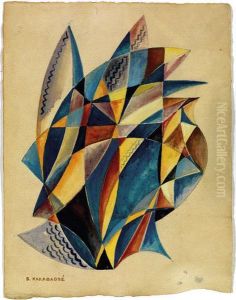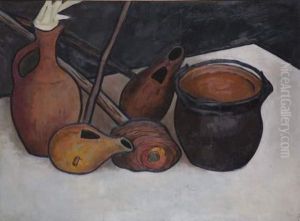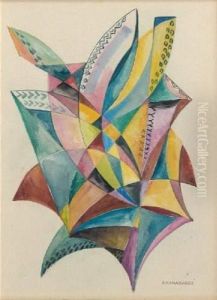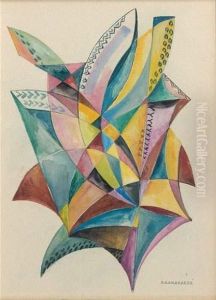David Kakabadze Paintings
David Kakabadze was a Georgian painter, graphic artist, and sculptor noteworthy for his contributions to modern art as well as his work in the field of cinematography and photography. Born on August 20, 1889, in the village of Kukhi in the region of Imereti, Georgia, which was then part of the Russian Empire, Kakabadze demonstrated an early interest in the arts.
He initially studied natural sciences at St. Petersburg University, but his passion for art led him to switch to the Imperial Academy of Arts from where he graduated in 1916. His academic background in sciences would later influence his artistic work, bringing a sense of experimentation and a desire to understand the underlying principles of perception and perspective.
Kakabadze's early works were influenced by impressionism, but he quickly developed his own distinctive style. After the Russian Revolution, he returned to Georgia, where he became a central figure in the country's avant-garde movement. His work from this period includes a series of abstract compositions that reflect his interest in synthesizing different aspects of his cultural heritage with modernist aesthetics.
In the 1920s, Kakabadze moved to Paris, an epicenter for the avant-garde, where he was exposed to a range of contemporary movements and ideas. He continued to develop his style, incorporating elements of Cubism, Futurism, and Constructivism. His works often featured architectural forms, reflecting his fascination with space and structure, and he experimented with various techniques, including collage and photomontage.
Beyond visual arts, Kakabadze was also a pioneer in Georgian cinematography and contributed to the development of educational programs in fine arts. He produced several documentary films and was involved in the design of stage sets for theater.
During the Stalinist repressions, Kakabadze's work and personal freedom were significantly restricted. Nonetheless, he continued to produce art that combined his love for Georgian culture with his modernist outlook, although under more politically and ideologically constrained circumstances.
David Kakabadze passed away on May 10, 1952, in Tbilisi, Georgia. His legacy lives on, and he is celebrated as one of Georgia's most important 20th-century artists. His work is held in high esteem both in Georgia and internationally, and he is recognized for his innovative contributions to modern art and for his dedication to exploring the interplay between art, science, and technology.
